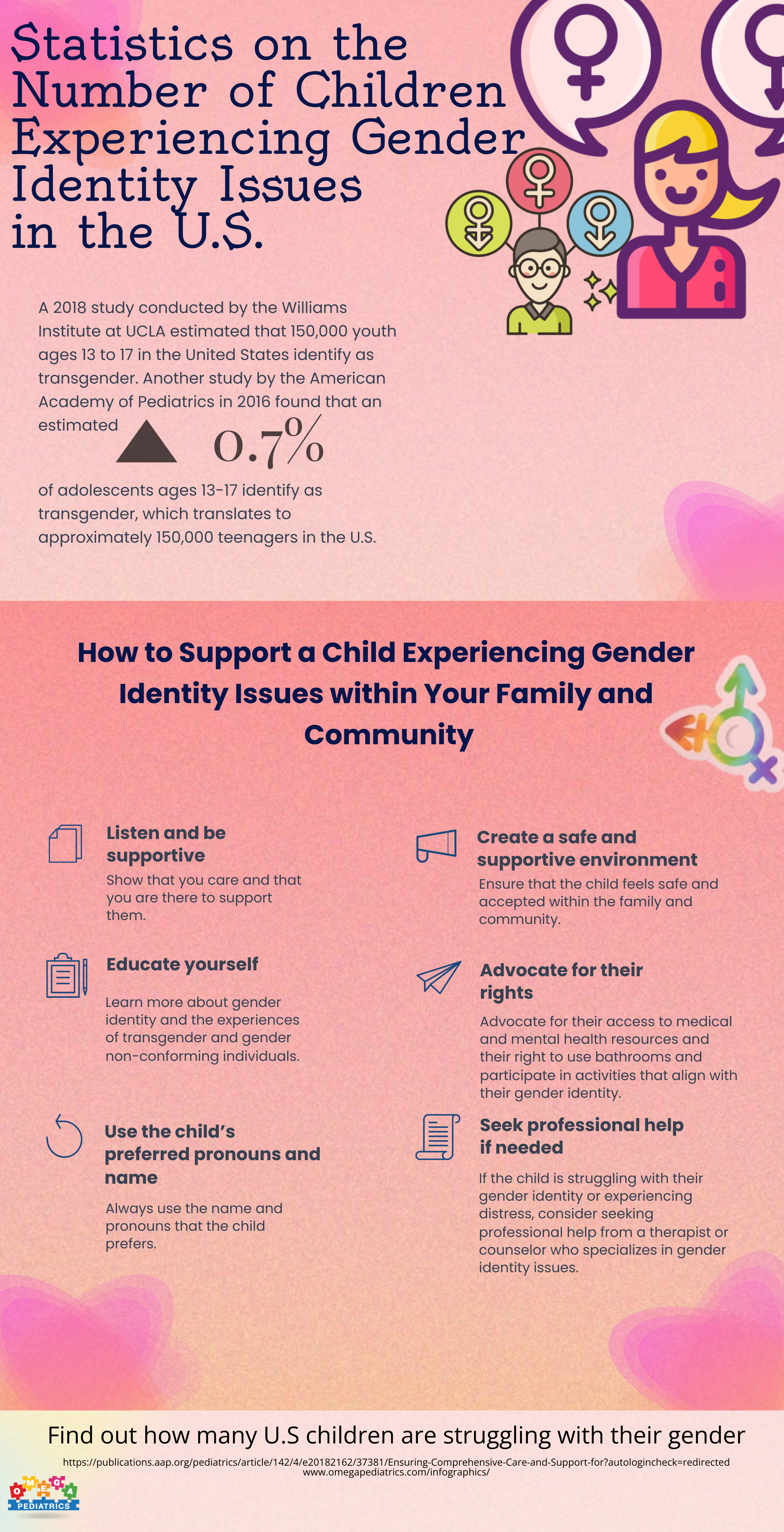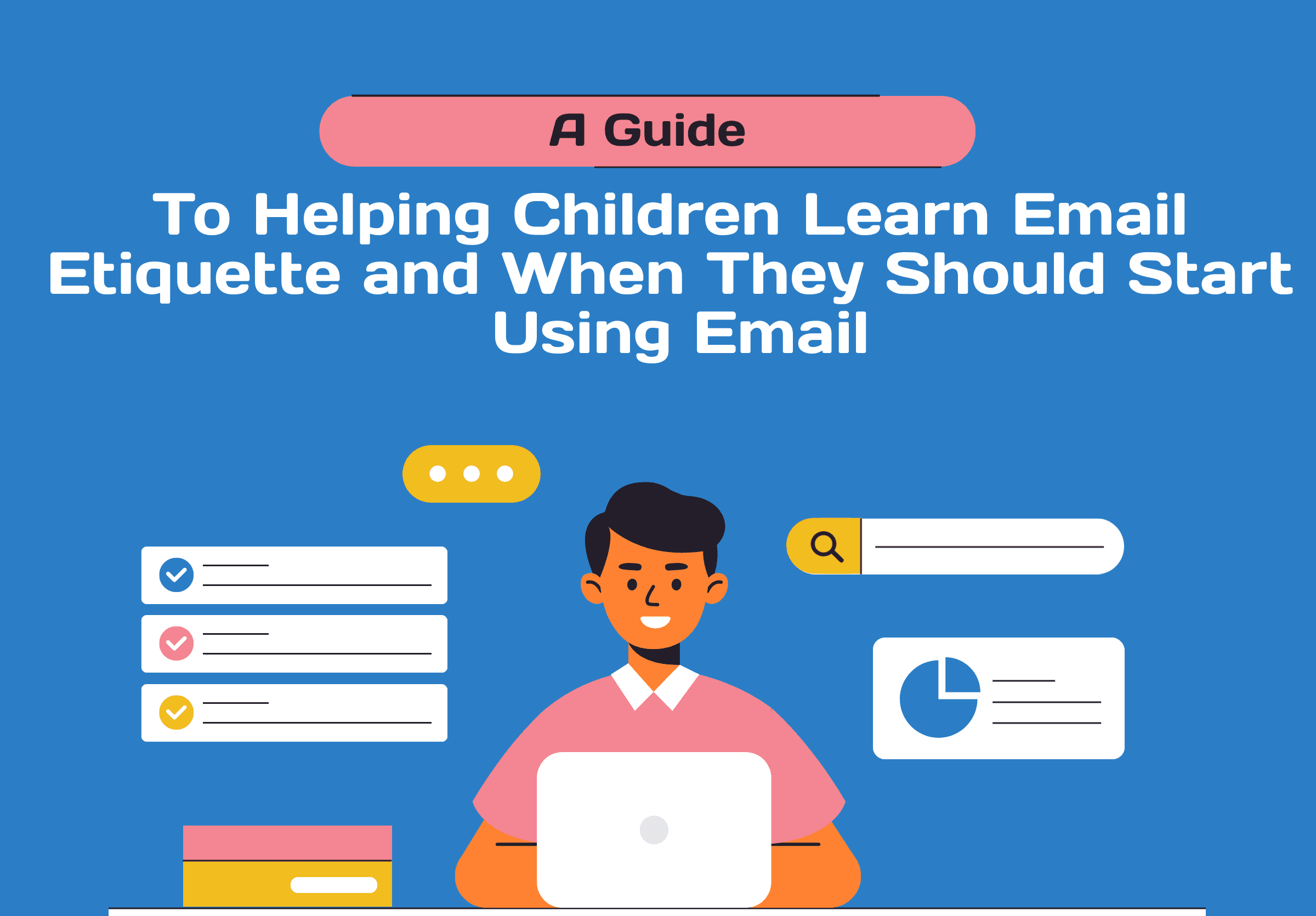
Statistics on the Number of Children Experiencing Gender Identity Issues in the U.S.
The exact number of children experiencing gender identity issues in the U.S. is difficult to determine due to the complexity and sensitivity of the issue. However, studies have shown an increase in the number of children identifying as transgender or gender non-conforming in recent years.
A 2018 study conducted by the Williams Institute at UCLA estimated that 150,000 youth ages 13 to 17 in the United States identify as transgender. Another study by the American Academy of Pediatrics in 2016 found that an estimated 0.7% of adolescents ages 13-17 identify as transgender, which translates to approximately 150,000 teenagers in the U.S.
It is important to note that these statistics may be conservative, as many transgender and gender non-conforming individuals may not feel comfortable disclosing their gender identity or may not have access to medical or mental health resources to support their identity.
It is also important to recognize that gender identity is a complex and diverse experience that cannot be fully captured by statistics alone. Each individual’s experience is unique, and their journey of self-discovery and acceptance should be respected and supported.
How to Support a Child Experiencing Gender Identity Issues within Your Family and Community
Supporting a child experiencing gender identity issues within your family and community can be challenging, but it is essential to create a safe and accepting environment for the child. Here are some ways you can support a child experiencing gender identity issues:
- Listen and be supportive: The most important thing you can do is to listen to the child and validate their feelings. Show that you care and that you are there to support them.
- Educate yourself: Learn more about gender identity and the experiences of transgender and gender non-conforming individuals. This will help you understand the child’s perspective and how to support them better.
- Use the child’s preferred pronouns and name: Always use the name and pronouns that the child prefers. This shows respect for their identity and helps them feel validated.
- Create a safe and supportive environment: Ensure that the child feels safe and accepted within the family and community. This can include creating a safe space within the home, advocating for the child in school and other community settings, and connecting them with support groups or resources.
- Advocate for their rights: Support the child’s right to be treated with dignity and respect. Advocate for their access to medical and mental health resources and their right to use bathrooms and participate in activities that align with their gender identity.
- Seek professional help if needed: If the child is struggling with their gender identity or experiencing distress, consider seeking professional help from a therapist or counselor who specializes in gender identity issues.
Remember that supporting a child experiencing gender identity issues is a journey that requires patience, understanding, and compassion. Your support and acceptance can make a significant difference in their life.
Fostering Inclusive Communities: Embracing Diversity and Understanding
As society evolves, the need for inclusive communities becomes increasingly apparent. The journey of supporting children experiencing gender identity issues extends beyond the confines of individual families. It calls for a collective effort to create communities that embrace diversity and foster understanding.
Creating inclusive communities involves breaking down stereotypes, challenging biases, and promoting education about gender diversity. Schools, religious institutions, and community organizations can play a crucial role in cultivating an environment where everyone feels respected and accepted. It is essential to educate community members about the experiences of transgender and gender non-conforming individuals, fostering empathy and dispelling misconceptions.
Encouraging open dialogue within communities can contribute to reducing stigmas associated with gender identity. Public awareness campaigns, workshops, and events centered around gender diversity can be powerful tools in fostering understanding. By working together to create inclusive spaces, communities can become a source of support for children navigating their unique journeys of self-discovery.
Conclusion: Nurturing a Future of Acceptance and Equality
In conclusion, acknowledging and supporting children experiencing gender identity issues is a responsibility that extends from the family unit to the broader community. As the number of children identifying as transgender or gender non-conforming continues to rise, it is crucial to foster an environment that celebrates diversity and promotes acceptance.
By actively listening to and validating the experiences of these children, we contribute to a society that values individual identity and self-expression. Education and awareness play pivotal roles in dismantling stereotypes and prejudices, paving the way for a future where everyone can live authentically without fear of judgment or discrimination.
Supporting a child in their journey of self-discovery requires ongoing commitment, patience, and understanding. It is a shared responsibility that involves families, communities, and institutions working together to create a world where every child, regardless of their gender identity, can thrive and be celebrated for who they are. As we strive towards this vision, we sow the seeds of acceptance, equality, and compassion, nurturing a future where diversity is not only recognized but celebrated as an integral part of the human experience.



